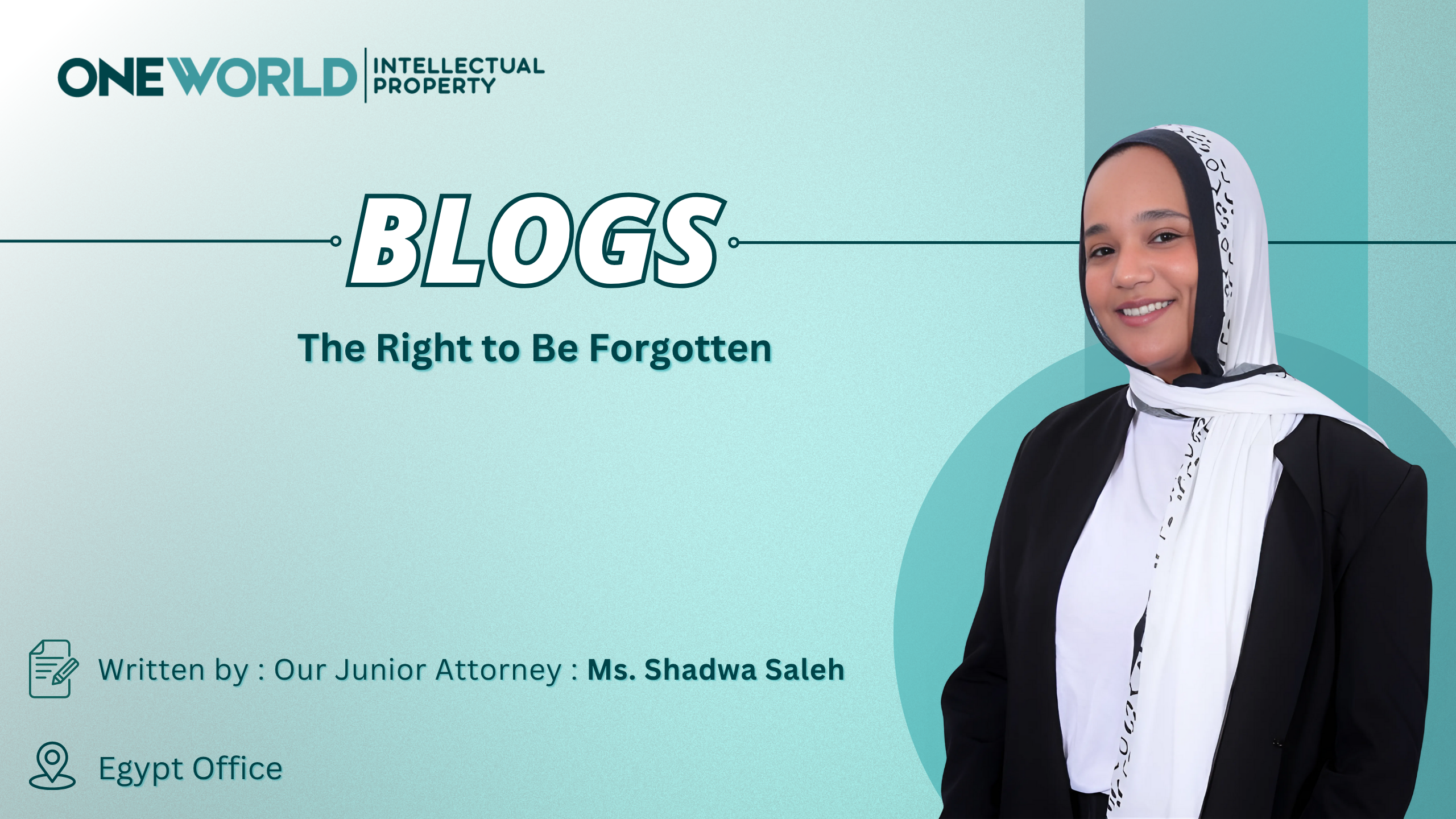
AI Meets IP: The Future of Creativity and Ownership
Artificial Intelligence (AI) is changing how we live and work, especially in creating new ideas, inventions, and content. From writing stories and composing music to designing logos and discovering new drugs, AI is becoming a powerful tool for innovation. But this progress raises an important question: who owns what AI creates?
Intellectual Property (IP) is the system that protects human creativity, including patents for inventions, copyrights for written or artistic work, and trademarks for brands. Traditionally, IP laws were written for people, not machines. When an AI generates a song or invents a new product, current laws often lack clear answers about who should be credited or protected.
This uncertainty is important for individuals, businesses, and even governments. If companies use AI to develop products, they need to know if they can protect the results. If creators use AI tools to assist with writing or design, should they get full credit? As AI plays a bigger role in innovation, the lines between human and machine contributions continue to blur.
To keep up, countries are starting to explore how IP laws might need to change. Some suggest giving rights to the person or company that trained the AI, while others argue for new types of protection altogether. As technology evolves, it’s essential for everyone—from artists and entrepreneurs to consumers—to understand how AI and IP interact.
In summary, the relationship between AI and Intellectual Property is complex and changing quickly. As AI becomes more capable, it challenges our traditional ideas of creativity and ownership. To ensure fairness and encourage innovation, IP laws must adapt to this new era, where human imagination and machine intelligence often work together.
Written by: Mr. Ibrahim Al-Ashqar – Tech Systems Admin & Trainer.



